Deck & Commander Strategies
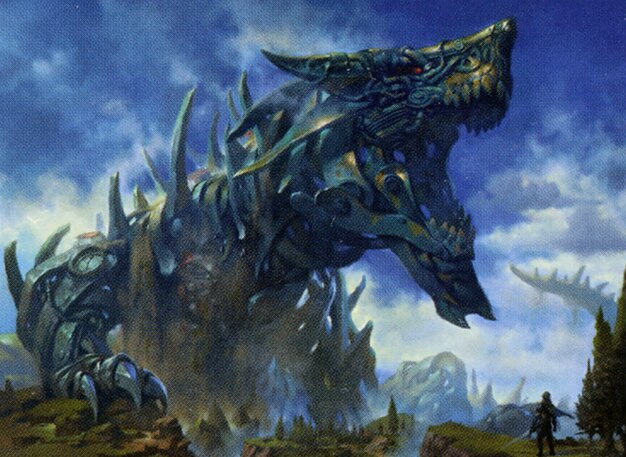
Traxos, Scourge of Kroog
Focuses on assembling an army of constructs and making use of synergies and tribal benefits.
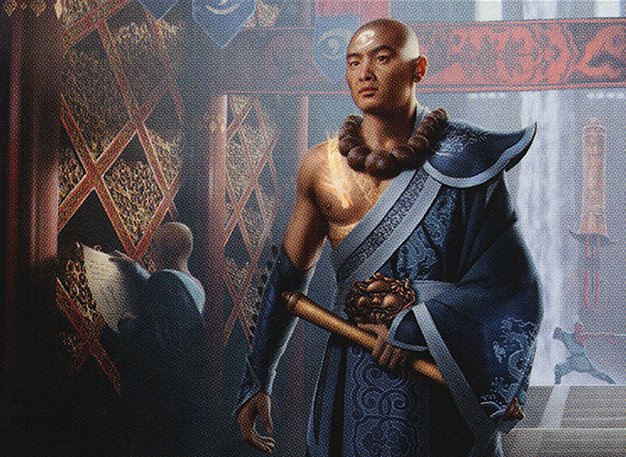
Shu Yun, the Silent Tempest
Aims to cast non-creature spells to trigger Shu Yun's double strike ability, turning monks into formidable attackers.
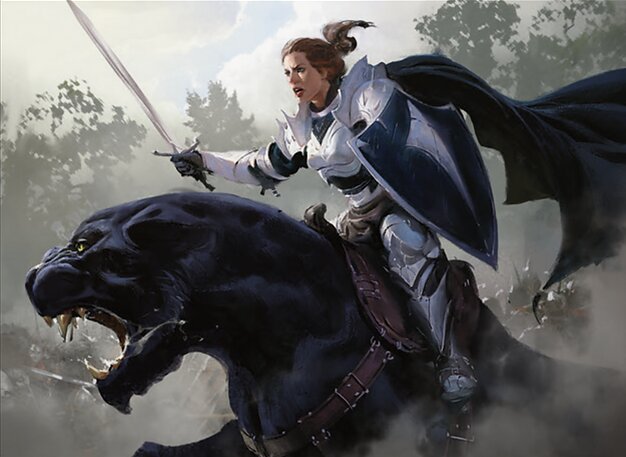
Aryel, Knight of Windgrace
Leans into the power of knight synergies, creating an army of knight creatures and providing them with bonuses.
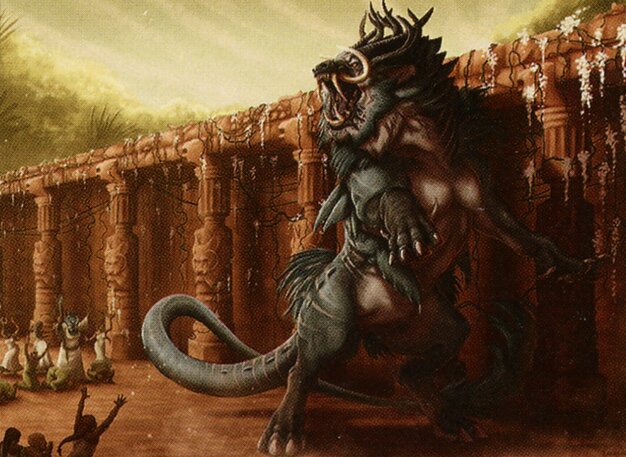
Gahiji, Honored One
Encourages opponents to attack each other by providing attack bonuses, while assembling a formidable force of beast creatures.
Gameplay Insights
- 1
Shu Yun's use of non-creature spells to trigger double strike on his monks proved to be a formidable strategy, turning relatively small creatures into significant threats.
- 2
Gahiji's strategy of encouraging opponents to attack each other helped divert some of the attention away from him, allowing him to build up his forces.
- 3
The use of Descendants' Path in Gahiji's deck allowed him to cheat out large beast creatures, amplifying his board presence.
- 4
Aryel's focus on knight synergies created a resilient board state, making it difficult for opponents to break through his defenses.
Notable Cards
-
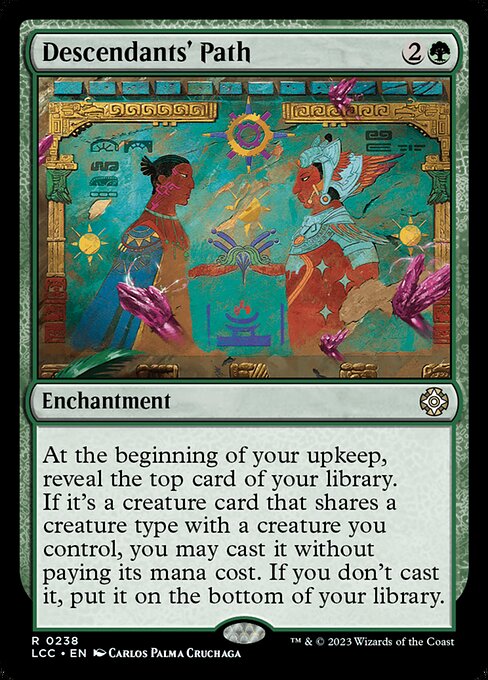
Descendants' Path
-
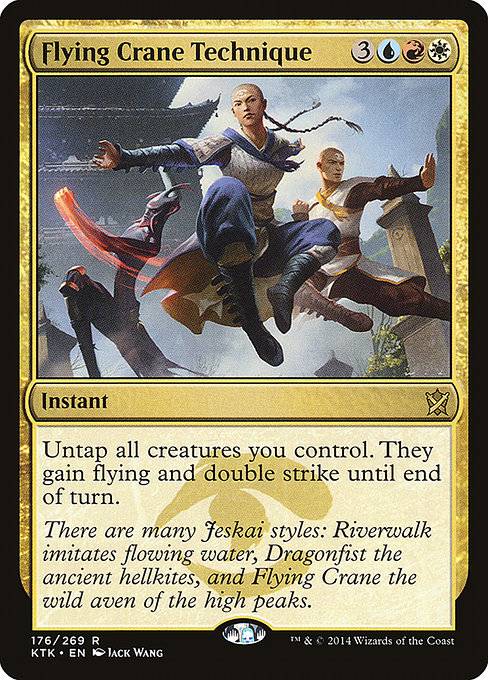
Flying Crane Technique
-
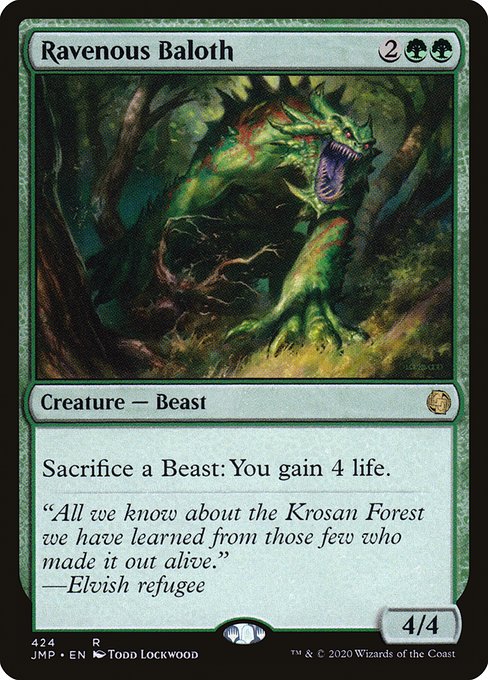
Ravenous Baloth
-
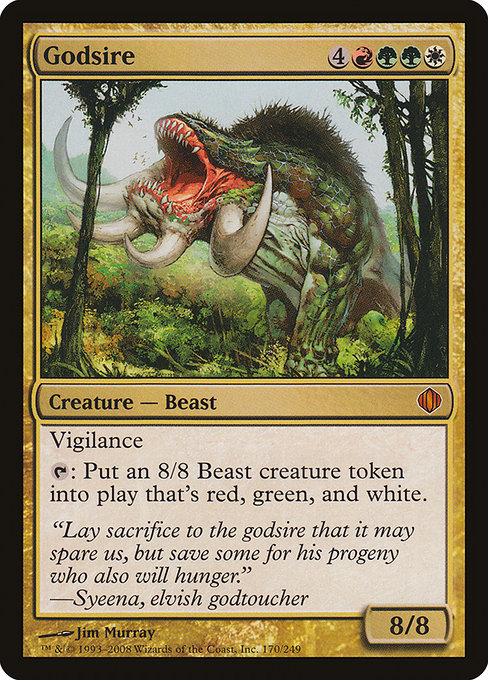
Godsire
Gameplay Summary
In this game, the stage was set for a tribal warfare with commanders: Traxos, Scourge of Kroog leading Constructs, Shu Yun, the Silent Tempest commanding Monks, Aryel, Knight of Windgrace heading Knights, and Gahiji, Honored One commanding Beasts.
The game started off with each player focusing on building their tribal synergies.
Shu Yun's deck focused on casting non-creature spells to trigger double strike while Gahiji attempted to encourage others to attack each other by providing bonuses.
Aryel leaned into knight synergies while Traxos aimed to unlock the power of constructs.
As the game progressed, the tribal synergies started to play out in full force, turning the battlefield into a chaotic mix of knights, monks, beasts, and constructs.
![Commander VS S12E7: ??? vs ??? vs ??? vs ??? [EDH] thumbnail](https://i.ytimg.com/vi/RtpgM-nfHno/maxresdefault.jpg)







![Commander Versus Series: Deck Tech - Alesha v.Yasova v. Tasigur v. Shu Yun [MTG Multiplayer] thumbnail](https://i.ytimg.com/vi/kaP2tpQL_pM/sddefault.jpg)
![Commander Versus Series: Alesha v.Yasova v. Tasigur v. Shu Yun [MTG Multiplayer] thumbnail](https://i.ytimg.com/vi/H-r66JJFVLQ/sddefault.jpg)

![Commander VS S13E8: Najeela vs Gahiji vs Thromok vs Bruse Tarl & Thrasios [EDH] thumbnail](https://i.ytimg.com/vi/3Z9ZBNSOTXg/sddefault.jpg)

























